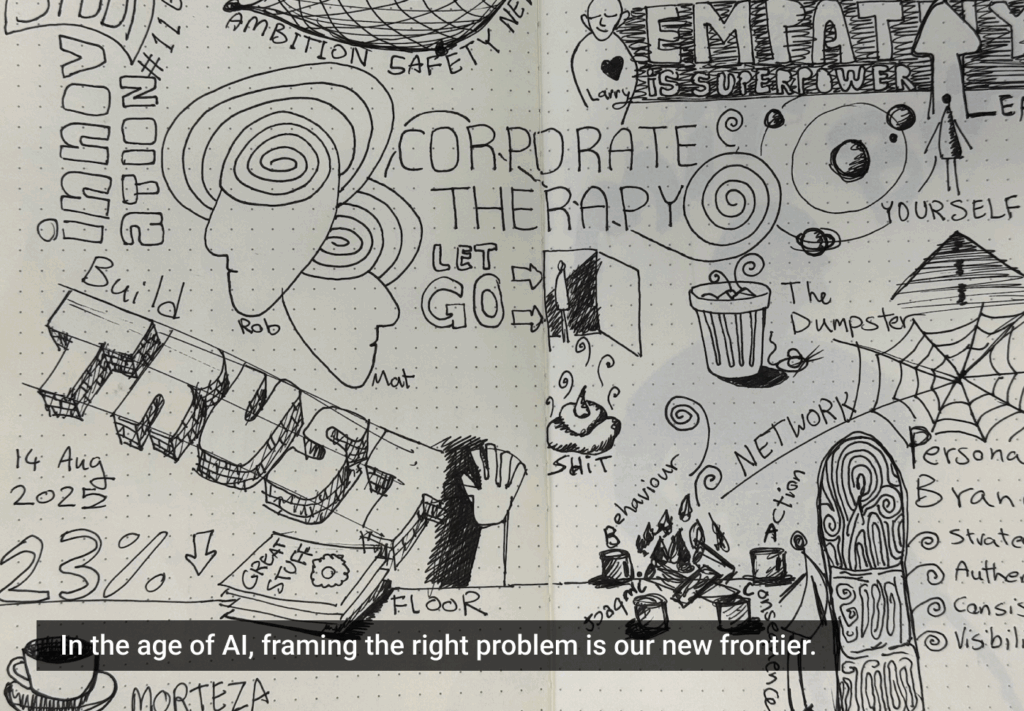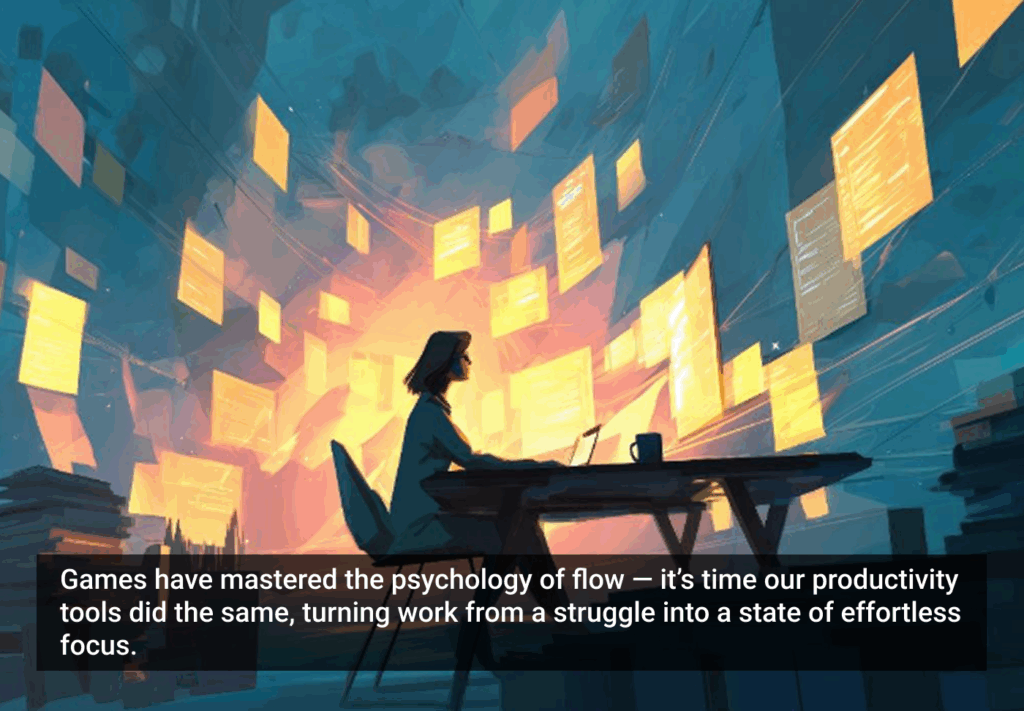Share this link
- October 31, 2025

- Artificial Intelligence, Design Thinking, Digital Transformation, Empathy, Human-Centered Design, UX Strategy
UX isn’t just about screens — it’s about feelings. This article explores why the future of UX depends on blending artificial and emotional intelligence to create truly human experiences.
- The article shows how Steve Jobs’ shift from “form follows function” to “form follows emotion” transformed design into a deeply human practice centered on empathy.
- It explains that emotions drive perception, usability, and loyalty — making emotional intelligence essential to meaningful user experiences.
- The piece argues that the future of UX lies in uniting artificial and emotional intelligence to create technology that feels truly human.
Share this link
- October 30, 2025

- Cognition, Critical Thinking, Design Process, Design Thinking, Human-Centered Design, UX Strategy
As AI takes on more of the solution work, the real craft of design shifts to how we frame the problem. This piece explores why staying with uncertainty and resisting the urge to rush to answers may be a designer’s most powerful skill.
- The article highlights that as AI takes over more of the solution work, the designer’s true craft lies in framing the problem rather than rushing to solve it.
- It shows how cognitive biases like the need for closure or action bias can distort our perception, making careful problem framing essential for clarity and creativity.
- The piece argues that framing is itself a design act — a practice of staying with uncertainty long enough to cultivate shared understanding and more meaningful outcomes.
Share this link
- October 28, 2025

- Design Leadership, Design Thinking, UX Design
Learn how understanding user emotions can create intuitive, supportive designs that build trust and loyalty.
- The article emphasizes that emotionally intelligent design is key to creating meaningful UX that satisfies users and drives business success.
- It shows how understanding users’ emotions — through research, empathy mapping, journey mapping, and service blueprinting — can reveal hidden needs and shape more intuitive, reassuring digital experiences.
- The piece argues that embedding empathy and emotional insights into design strengthens user engagement, loyalty, and overall satisfaction.
Share this link
- October 23, 2025

- Design Psychology, Design Thinking, Game Design, Human-Centered Design, Psychology, User Experience
What if your productivity app could keep you as focused as your favorite game? This article explores how game design psychology can transform everyday tools into experiences that spark flow, focus, and real engagement.
- The article shows how principles from game design can help productivity tools create and sustain a flow state.
- It explains that games succeed by balancing challenge and skill, providing clear goals, and offering immediate feedback — elements most productivity apps lack.
- The piece argues that applying these psychological insights could make work tools more engaging, adaptive, and motivating.
Share this link
- October 21, 2025

- AI in UX, Artificial Intelligence, Cognition, Human-AI Interaction, Human-Centered Design, Psychology, Psychology and Human Behavior, User Research, UX Design
Trusting AI isn’t the goal — relying on it is. This article explores why human trust and AI reliance are worlds apart, and what UX designers should focus on to make AI feel dependable, not human.
- The article argues that “reliance,” not “trust,” is the right way to think about users’ relationship with AI.
- It explains that human trust and AI reliance are driven by different psychological mechanisms.
- The piece highlights that predictability, transparency, and control make users more willing to rely on AI.
- It concludes that users don’t need to trust AI as a partner — only rely on it as a dependable tool.
Share this link
- October 16, 2025


